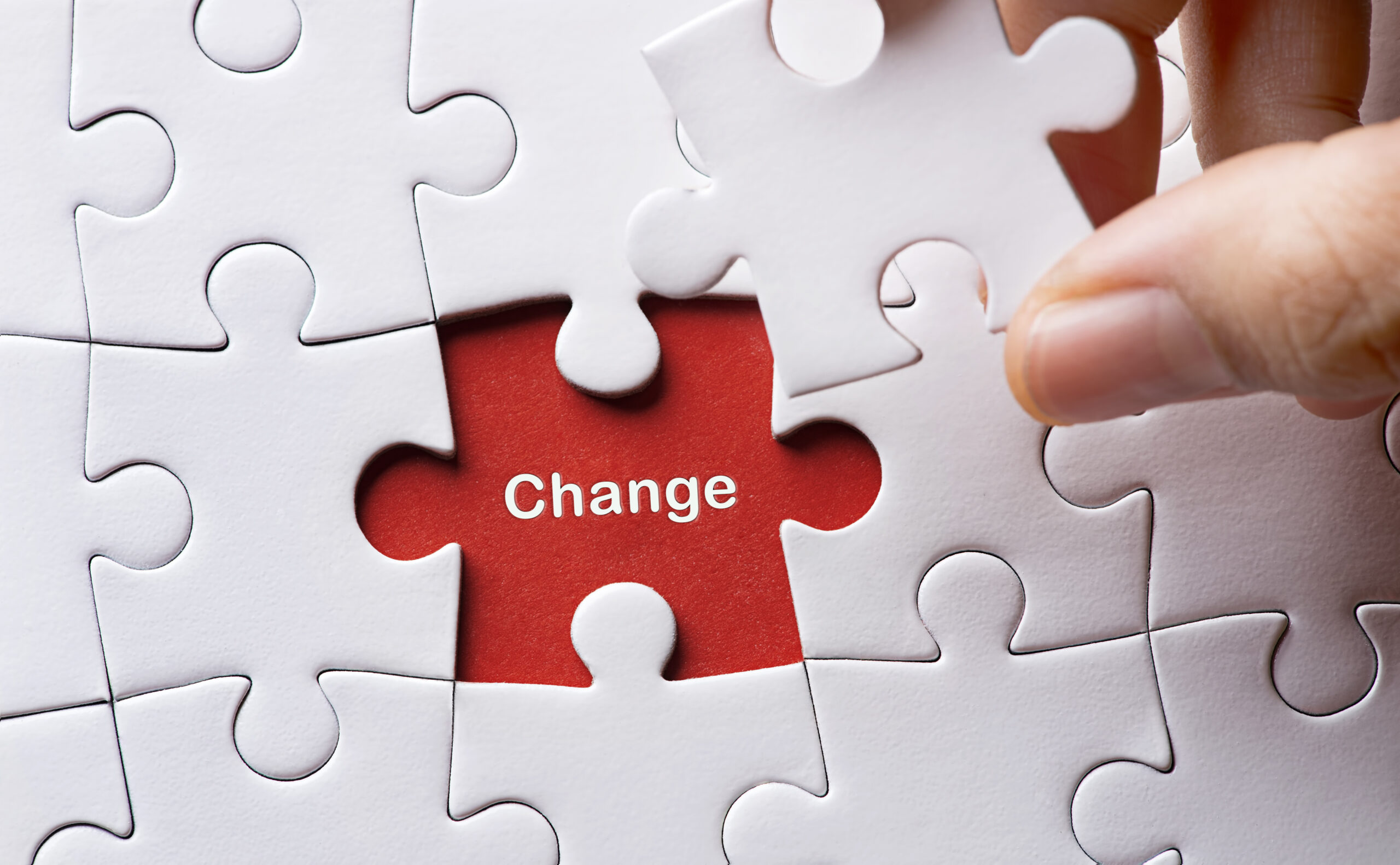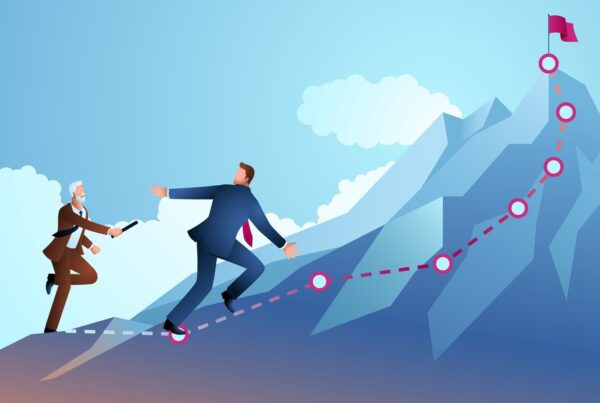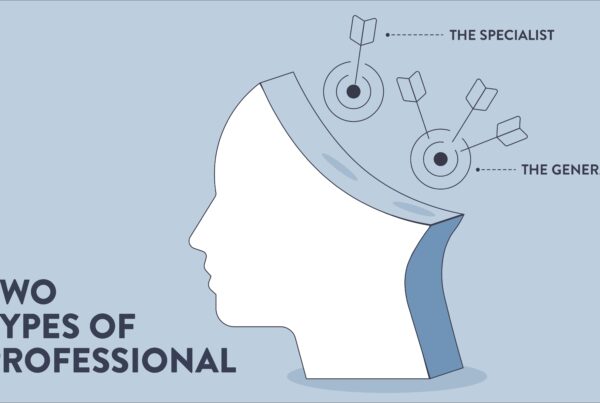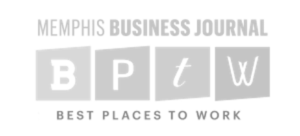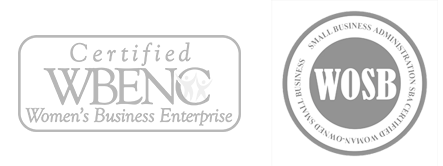WHY DO SO MANY great organizations struggle with change? After all, as the Greek philosopher Heraclitus once said, “the only thing that is constant is change,” and that sentiment couldn’t be truer today.
Steve McKee got to the heart of the challenge in his book “When Growth Stalls.” In the book, he studied over 5,000 companies, only to find that 41.2 percent of them stalled notably in the last decade.
McKee identified several interrelated reasons for these corporate stalls, but two of the most important reasons were that the company had no point of differentiation from their competitors, and that the company was unable to adjust to new market realities.
Many businesses begin with a point of differentiation but if they fail to adjust quickly enough to changing markets, that point of differentiation can simply be lost to a more nimble, adaptable competitor.
What causes that failure to adjust to change? Cultural anthropologist, Andrea Simon, in a 2013 Forbes article titled “Why We’re So Afraid of Change — and Why That Holds Businesses Back,” said it boils down to these three realities.
Habits are powerful. Our brain limits what it sees over time, and our current reality essentially conforms to past perceptions — or what we know. Those early experiences prevent us from seeing things in new, innovative ways unless we push ourselves to do so.
Our brains hate change. As we learn something new, our prefrontal cortex is working in overdrive, and it is exhausting. That’s why our natural tendency is to stick with what we know versus pushing the proverbial boulder uphill.
You have to experience new ways of doing things to really accept change, instead of just reading or talking about it. However, to do something new, you must actually allow the change to begin in the first place, despite any possible anxiety. While due diligence is important when considering changes to implement, avoid getting so caught up in analysis — which can often be a stall tactic in disguise — that your change efforts fizzle out.
It may help you to move forward if you remember that change doesn’t have to be permanent. Just make sure you are measuring the results of the change and adapting your strategy quickly as you go.
Even though creating change can be challenging, it is essential that your business continues to adapt to evolving consumer and market demands, so that your company doesn’t end up stalled like so many others. If you are aware of your inherent resistance to change, you are more apt to battle through that natural internal wiring and persevere at continuously improving and preparing your company for future market realities.
And that’s the kind of company-wide mark every business professional wants to leave.

